




By Irwin Rapoport
CEG CORRESPONDENT
Aside from stressing residents, the winter and spring storms the past two years (not to mention the wildfires around Los Angeles) have really tested the California Department of Transportation (Caltrans), which faces damaged roads and related infrastructure around the state.
But Caltrans has reacted reacted rapidly, not only dealing with the immediate impacts but also completing the necessary repairs to restore the damaged roads and protect them from future damage as much as possible.
One such ongoing project is the State Route 2 Emergency Highway Repairs project along several miles of SR 2/ Angeles Crest Highway in Los Angeles County in Angeles National Forest. SGV Enterprises Inc. of Los Angeles is conducting the work.
“There are multiple emergency projects to repair damage to the highway and its slopes and embankments,” said Marc Bischoff, a Caltrans public relations officer. “Relentless storms from the winter of 2022-‘23 caused excessive damage to SR-2 that includes sections of collapsed roadway, slope failure, rockslides, drainage and a damaged elevated cable-mesh drapery system that was replaced.
“Several retaining walls will be constructed. The areas of reconstruction will be reinforced and stabilized with the intent to prevent future highway, slope and embankment failures in the same locations and maintain a safe travel route.”

California Gov. Gavin Newsom announced on Jan. 12, 2025, via an executive order that he’s streamlining the permitting process for businesses and homeown-
ers by waiving two required building permits, 10news.com reported.
“When the fires are extinguished, victims who have lost their homes and businesses
must be able to rebuild quickly and without roadblocks. The executive order I signed today will help cut permitting delays, an important first step in allowing our commu-
nities to recover faster and stronger,” Newsom said.
California’s Environmental Quality Act






































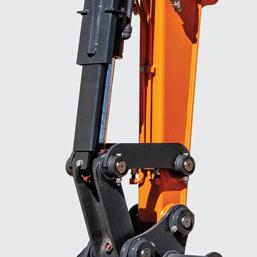

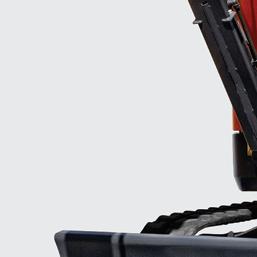
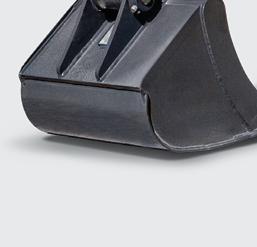








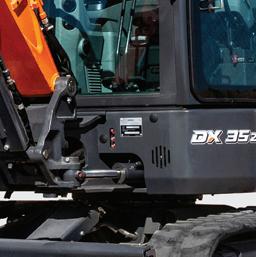




























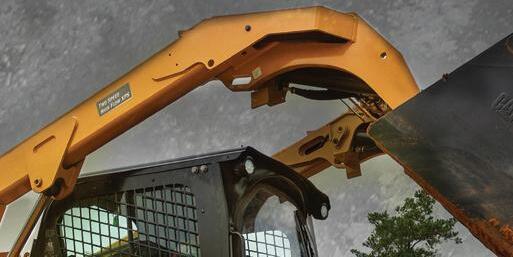

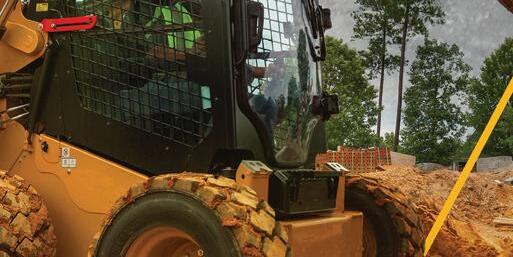

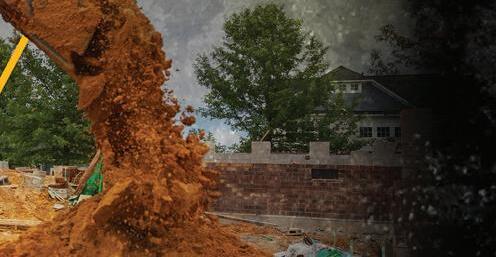









































Fresno State University broke ground on Dec. 6, 2024, on its first new housing project in more than 50 years, according to The Collegian.
The new 80,000-sq.-ft. building will be four stories high and include one to four bedroom units. It also will offer a limited number of apartments for students with children, the university said in a news release. The new building will be located on the corner of Shaw and Cedar avenues, adjacent to existing residence hall buildings. This project will add 228 apartment-style beds to the university’s student housing.
The building — designed by architectural firm SVA — is planned to be completed in summer 2026, with fall 2026 being the target move-in date for students. The contractor is Quiring General LLC of Fresno.
The project is being funded by an affordable student housing grant from the state ($33.7 million) and about $20 million of funding through California State University systemwide revenue bonds (debt service) that will be the responsibility of the California State University, Fresno Association Inc. (Student Housing) to repay over the life of the bonds.
“With the construction of our last new student housing buildings 56 years ago, this project is long overdue,” Saúl Jiménez-Sandoval, president of Fresno State, said in a news release earlier in the year. “It’s important to recognize the unique challenges these students face on their path to obtaining a transformational college education. Providing affordable housing for student-parents is being intentional about student success.”
The family units will have two bedrooms with a kitchen and living room. Housing will provide child-friendly flooring and furniture. The new building also will feature an outdoor play structure and a family gathering area within one of the first-floor common spaces. Each floor of the new building will have laundry facilities.
Nicole Lane, executive director of Auxiliary Services at Fresno, told The Collegian that the estimated rents will
range from $6,597 to $8,798 for the academic year.
Speakers at the groundbreaking ceremony included Associated Students Inc. President Faith Van Hoven; Jiménez-Sandoval; Debbie Adishian Astone, chief financial officer and vice president for administration; Arshpreet Kaur, president of the Residence Hall Association; and Councilmember Tyler Maxwell. The ceremony ended with the symbolic digging into a mound of dirt.

Granite Vice President of Operational Excellence Pat Kelly was elected president of the Associated General Contractors (AGC) of California for 2025. This appointment recognizes Kelly’s extensive experience and dedication to the construction industry.
Kelly, who has been with Granite for more than four decades, has held various leadership roles within the company, demonstrating exceptional commitment to excellence and innovation. As president of AGC of California, Kelly will lead the organization in its mission to advocate for the construction industry, promote best practices and support the professional development of its members.
“We are excited to welcome Pat Kelly as our new president,” said Peter Tateishi, the AGC of California CEO. “His decades of experience within the construction industry and his many years of involvement with AGC of California make him poised to take on the role of president, guiding our association and driving the mission forward.”
“We are proud to see Pat take on this sig-
nificant role,” Granite President and CEO Kyle Larkin said. “His leadership and vision will contribute to the continued success and growth of AGC of California and the construction industry as a whole.”
For more information, visit www.graniteconstruction.com.
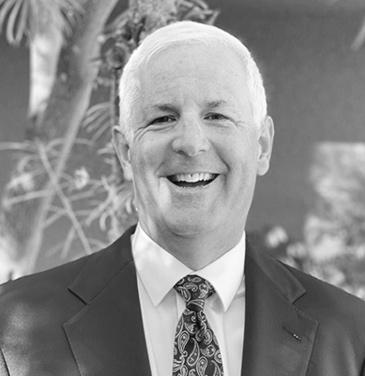
(CEQA), which is designed to protect residents from pollution caused by construction, will be waived, as will the California Coastal Act, according to 10news.com. The latter protects Pacific Coast habitats and helps ensure that building don’t impede public access.
The CEQA was signed into law by thenGov. Ronald Reagan in 1970, while the California Coast Act was created two years later by voter proposition, according to The Los Angeles Times.
The executive order also includes measures to protect Los Angeles residents for a year from price gouging on building materials, construction and storage services.
Newsome also said the suspension of other building permits will be considered and he promises to discuss with the state legislature about other ways to speed up rebuilding, while also protecting against future wildfires, 10news.com reported.
Gregg Cantor, president and CEO of Murray Lampert, told the news outlet that these efforts will help fast-track-rebuilding.
“It can take three to six months to pull a
permit normally, and I imagine this is going to be probably weeks at the most,” Cantor said. “What we don’t know is how quickly the insurance companies are going to be able to process the claims. If they’re building in kind, it’ll be a very fast track permit, but if somebody wants to customize what they had, then that might extend the process.”
As of Jan. 12, the fires had damaged more than 10,000 structures, according to Cal Fire.
Dan Dunmoyer, the president and CEO of the California Building Industry Association, told the Los Angeles Times that “the state will encourage homeowners to go back to their neighborhoods rather than deem development there too risky.”
“He’s put a marker down to say we’re going to rebuild these communities,” Dunmoyer said.
The Times said LA Mayor Karen Bass pledged to accelerate permitting by the city.
“We are going to clear the red tape and unnecessary delays and costs and headaches that people experience in ordinary times so that we can rebuild your homes quickly,” Bass said on Jan. 9.











SR 2 was closed from east of Mount Wilson Red Box Road to just west of Upper Big Tujunga Canyon Road starting in March of 2023, and it reopened to the public on July 5, 2024.
“That section was closed for several days again in August of 2024 to complete some final roadway work,” Bischoff said. “SR 2 is now open from I-210 to Islip Saddle. SR 2 remains closed from Islip Saddle to Vincent Gulch to complete repairs that will include construction of two retaining walls.”
In September, nature intervened again, when a wildfire known as the Bridge Fire damaged a 7-mi. section of SR 2 around the Los Angeles/San Bernardino county line. An emergency order was approved to repair damaged guard rails and slopes, install erosion control, repair damaged drainage systems and remove hazardous trees.
Bischoff said the weather is an ongoing factor in creating delays and extensions. There’s no word yet on damages inflicted by multiple recent fires around Los Angeles.
A 16-mi. section of SR 2 is now closed in both directions and likely won’t reopen until the spring, according to Caltrans.
“Members of the Caltrans [District 7]
Geotechnical Division had to review damaged sections of highway in person and through drone aerial video to assess damage that continued to change and increase every time it rained,” he said. “The Design Division must create plans to repair every section of damage and for the construction of new retaining walls.
The Environmental Division had to secure permits from state and federal agencies. Reparation of slopes and embankments is a slow and dangerous process that includes rock scalers and heavy equipment traversing steep inclines.

“Repairs on the lower section continued during the rainy season,” he added. “Every time it rains, the soil must dry for up to three days before work that involves excavators, bulldozers, compactor and spider excavators can safely resume.”
The project was designed by Caltrans Design Division. Crews are installing soil nail walls, cast in drilled hole piles (CIDH), ground anchor tiebacks and sculpted shotcrete.
SGV has worked on several emergency projects, and its crews are experienced in dealing with complex problems and difficult


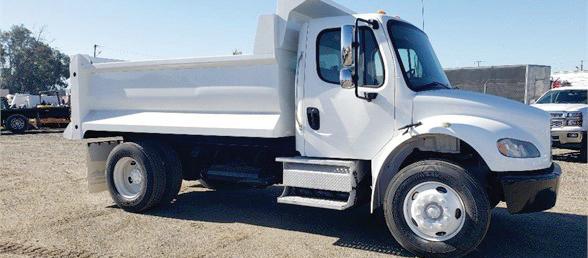
terrain.
“The construction challenges include a remote location, difficult soil conditions and inclement weather,” Bischoff said. “The work has been prolonged due to soil conditions prone to sinking and inclement weather. There are no utility issues.”
The project is centered around day shifts due to the terrain’s condition.
“Soil nail walls, CIDH, ground anchor tiebacks, PCC barriers [a plastic sheet placed between the base and concrete slab to prevent moisture from penetrating the concrete] and slab [sculpted shotcrete] are major elements of the work,” Bischoff said.
The slopes, he added, vary, and the collapsed sections of roadways spanned approximately 200 ft., 80 ft. and 60 ft. New guardrails are being installed.
Several sections of the asphalt roads were built midway on the slopes which, at times, are clad with forested sections and bare rock. To a certain extent, the trees stabilize the soil.
The shoulder is placed alongside the slope’s edge. The shoulders provide plat-
forms for construction vehicles, including large excavators and drill rigs. One work site had the shoulder section washed away, which required crews to create a temporary work platform about 15-30 ft. below the road, which could be 50 ft. in width. Just creating the nearly 130-ft. long platform required careful planning as a single mistake could have resulted in equipment falling. Before the equipment could operate on it, tests were conducted to confirm the stability.
When the site was deemed safe, material was placed to rebuild the section and, once it was level with the road, the new shoulder was installed.
In addition, the drainage system is based on water being collected along the edge of the shoulder and diverted into a prefabricated metal pipe about 70 ft. long to protect the slope below the road.
There also were sections of the slopes that had to be stabilized, which required work platforms so that anchors could be placed into the slope at intervals of 6-7 ft. In addition to the anchors, crews installed a retaining wall.
On some of those platforms, there were four pieces of equipment operating, including excavators, mini-dozers and drill rigs. This work was carefully executed as walls were placed when crews pressed forward. Typical workdays have many SGV and subcontractor employees on-site. And, due to the remote location, SGV has on-site mechanics to handle everyday wear and tear issues and routine maintenance. The company buys and rents equipment from local and regional dealerships. CEG
(All photos courtesy of Caltrans.)






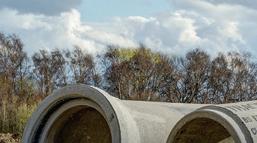
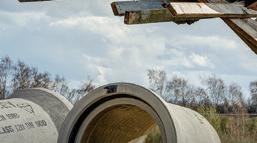
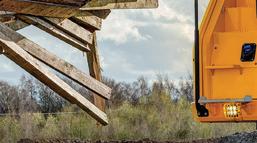
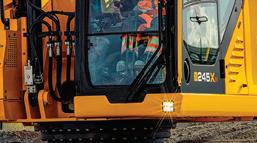





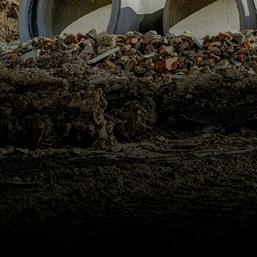






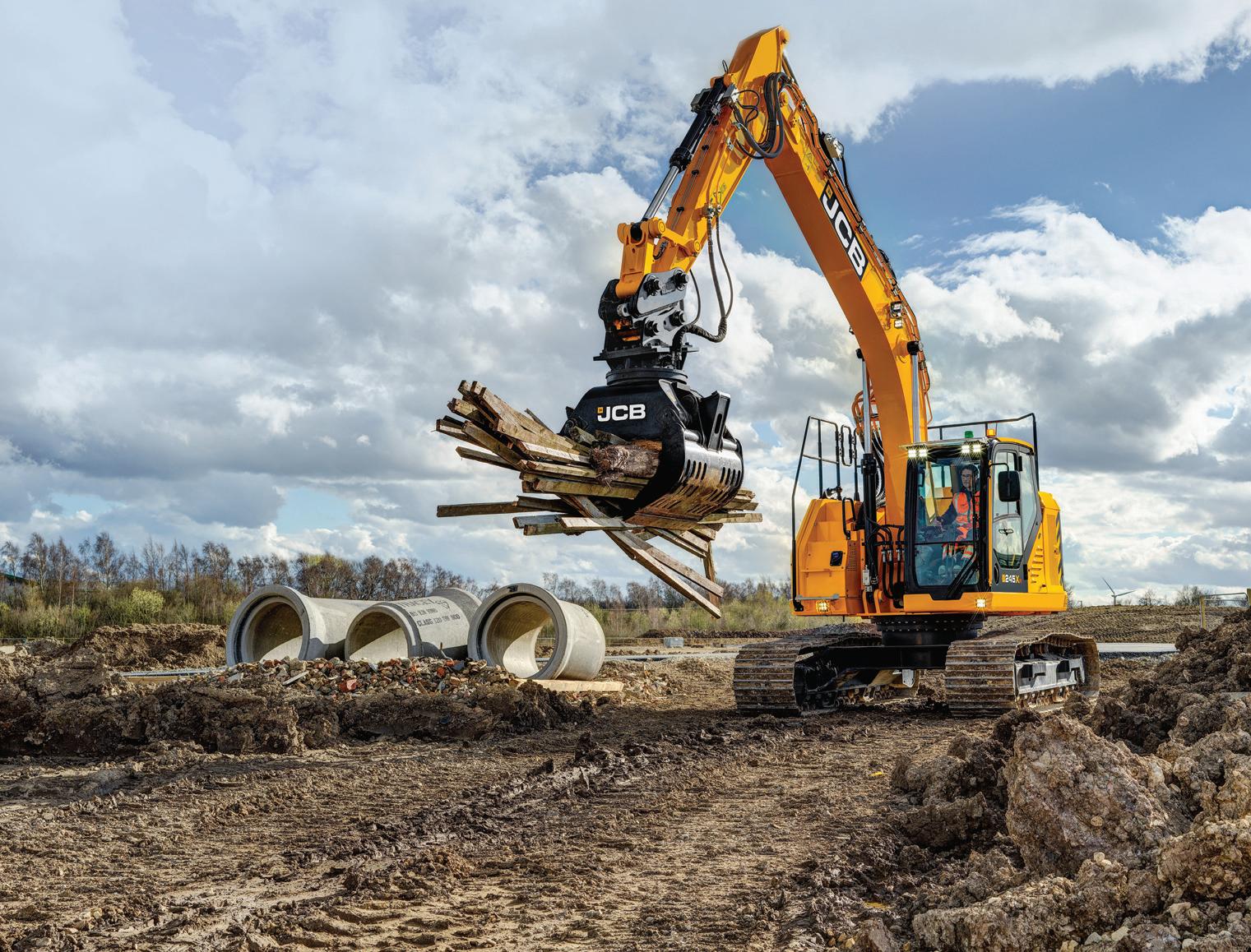
Highway 20 Colusa, CA 95932 (530) 458-2166 2173 Blossom Street Dos Palos, CA 93620-2313 (209) 392-2161
